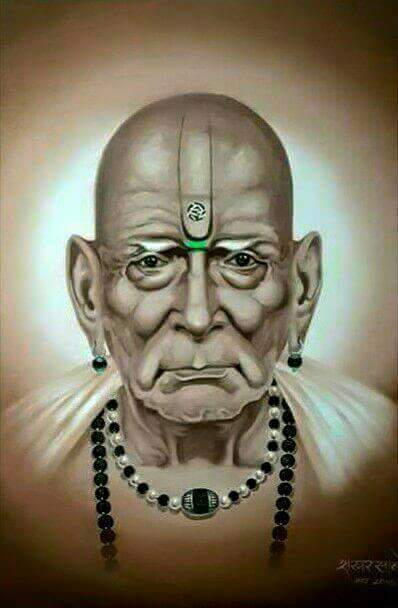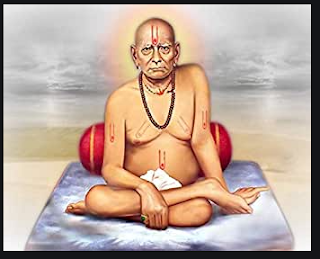SAP MM MODULE QUESTIONS AND ANSWER
1. What is the one full implementation of life
cycle in SAP-BW?
Full life cycle implementation means implementing
the project start from requirement gathering, analysis, solution, design,
mapping , implementing accounting to ASAP methodology.
2. How the Price determination process works
in SAP MM?
-
Price determination Process
-
Create a Price Schema
-
Assign Access sequence to the condition type.
-
Create a condition table and specify fields required.
-
Create a condition records. The Price Schema for
the particular condition type. The Pricing will trigger the Price determination
Process. Basically the Access Sequence assign to the condition type will search
the condition table to find particular condition records and determine the
price.
3.
What are
the activities we will do in SAP MM module implementation?
-
Inventory
-
Warehouse
-
Purchasing
-
Vendor evolution
-
Invoice verification etc.
4. Explain what are the steps in the SD
process at least up to the invoicing stage?
-
Pre-sales activity – inquiry, quotation
-
Sales order
-
Inventory sourcing
-
Delivery
-
Pgi
-
Invoicing
5. What is the work you have done in the MM
Module and what programs did you use for creating views in MM.
-
In MM stock overview for a period can be done by
T-code – MB5B further giving detail like storage location, Plant, Material Code
Date.
-
Stock as on date can be viewed by using T-code MMBE
further giving details like Storage location, Plant, Material code, mail.
6. How do you get the Sales Order (S.O.) No. from
the Delivery Order?
There are 2 ways through which you can see
the reference of the documents.
-
Through Document Flow
-
Enter the delivery
Go at the item level and select TAB PREDECESSOR DATA TAB and you can see
the reference order number.
7. What is the Work Relation between SAP MM,
SD and FI/CO Modules?
-
SAP is the integration of all the modules and
the topics are very relevant to each other because basically its management
skill set group. From manufacturing the product/goods/services to reaching the customer. All the transaction process is depending on
Sales area, Sales Doc, Item Proposals, Shipping, Delivery and Billing.
8. How can I open a Previous MM Period?
T-Code MMPV


9. What is the difference between Business
area and Cost Centre?
-
Business Area is the place where the product or
the produced components are valued in group or the total transactions carried
out, Right from Procurement, Production and Sales of goods.
-
Whereas Cost Centre a particular are where the
Production or the Project is taken up and expenditure is identified separately
with a separate GL account.
-
10. What is the Fields in Purchasing View?
-
RFQ/Quotation
-
Purchase Requisition
-
Purchase Order
-
Master Data(Info Records, Source list,
Conditions, Vendors etc.)
11. What is meant by access sequence? When it
is used?
-
Condition type has an access sequence assigned
to it which determines which tables to access for data and what sequence. This has a sequence of table based on the
most specific to most generic. It can be
used for any new condition type creation.
12. How does the PO pick up the pricing schema?
-
The pricing procedure assigned to vendor has a
calculation schema attached to it. This
schema defines the various conditions, pre-requisite, calculation & sequence
in the PO. Generally, only one type of
pricing procedure is followed for all the vendors.
13. What are the types of special stocks
available?
-
Consignment stock –vendor
-
Components provided to vendor
-
Project Stock
-
Consignment Stock – Customer
-
Pipeline Material
-
Order on Hand
14. What is meant by consignment stock?
-
Consignment stock is the material which is lying
in the premises but is not owned by the company.
-
It has no value assigned to it until it is taken
into own stock.
-
Once it is used in Production or to be sold, it
has taken into own stock.
15. What is subcontracting cycle?
-When the material is sent for
subcontracting i.e. some value addition, it is converted into a different
material.
- It needs a BOM to define the components
of the finished item being received.
16. How is Scrap accounted in subcontracting?
-
The scrap or the process loss can be adjusted
while doing a quantity inspection of the material received after subcontracting.
17. What is the various
movement types and usage?
- 101 – GR in unrest, Use
- 103 – GR in Blocked Stock
- 105 – Release from Block to Unrest. Use Stock.
- 122 – Return to vendor from unrest. Use Stock.
- 124 – Return to vendor from blocked stock
- 301 – Plant to Plant transfer
- 309 – Material to material transfer
- 311 – Transfer from storage location to storage location
- 261 – Issue for consumption.
- 411 – Taking consumption assignment stock into own stock.
- 551 – Withdrawal for scrapping etc.
18. What is the
difference between a Contract and Scheduling Agreement?
- A Scheduling Agreement can be made for Consignment,
Subcontracting and Stock Transfer.
- A Contract, also known as Blanket PO, can be made for
Standard items and can be restricted to a Value or Qty.
19. What is the
complete flow of the profit center accounting, and internal order in
controlling?
Profit Center Accounting :- The following data can be passed
on in Profit Center Accounting and Related Activities in Controlling:-
-
Definition of Actual Assessment Cycles.
-
Definition of Plan Assessment Cycles.
-
Definition of Actual Distribution Cycles.
-
Definition of Plan Distribution Cycles.
Internal Order:-
Internal Orders are normally used to Plan, Collect and
Settle the cost of internal jobs and Tasks.
The SAP System enables you to monitor you internal orders
throughout their entire life cycle.
20. What are the
steps involved in Consignment Cycle?
- Create Consignment info Records with Proper tax code
- Create PO with category K.
- Maintain Output condition record for KONS.
- Process GR, no invoice verification done, but settlement
is done through MRKO transaction.
21. What is meant by
scales?
Can scales be used in
standard purchase order? You can fix a
price in the info record for a say from 1 – 100 price RS. 150 & if the
order qty. is 101 – 500- the Prices is 140.
Scales cannot be used directly in PO but can be pulled into the PO from
various.
22. What is meant by
batches? How can be batches be searched?
A Batch is a subdivision of your stock of a material having
the same characteristics.
For instance:-
-
Food production uses batches to indicate the day
of production.
-
Paint production uses batches based on
production date and the used ingredient.
It is very hard to reproduce the same color in exactly the same way at
two different moments.
-
Or may be divide in batches based on their
mineral content.
23. What are the differences
between release procedure with classification and release procedure without
classification?
Release Procedure with classification means the Purchase Requisition can
be released both at the item level and at the header level. Release procedure without classification can
also be used for PR which is used for item level release only. All other external documents cannot be
released with classification. The two
Procedures are manually exclusive ( That is to say, you must decide in favor of
one of them only- we cannot use both).
24. How to create PR or PO by MRP?
The PR is created according to the safety stock mention for the material
or can be triggered from a requirement.
For creating PO, you need to have the scheduling agreement in
place. After the MRP is run the scheduling
lines are generated which are nothing but the PO.
25. What is the use of
Configurable material?
Configurable
material is useful if you have a large number of combinations of parts that go
into a product. It means different
permutations and combinations of the parts for same material. If you maintain a
unique material code for each combination, you require the large number of
material numbers. KMAT may be used in
such case where you maintain just one generic product code. A super BOM is maintained for such a material
consisting of all possible operations that could be used, typically
configurable material is used in Made to Order (MTO) environment. However frequently ordered configurations may
be planned with a material variant which needs to have a material master
record. Thus material variants may have
stock and value.
BE HAPPY.


Comments
Post a Comment